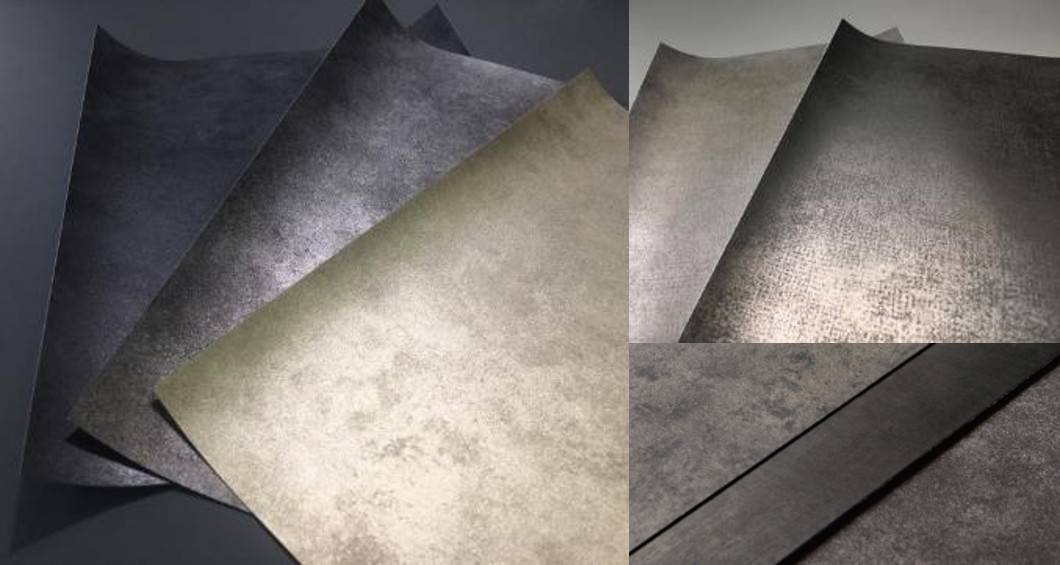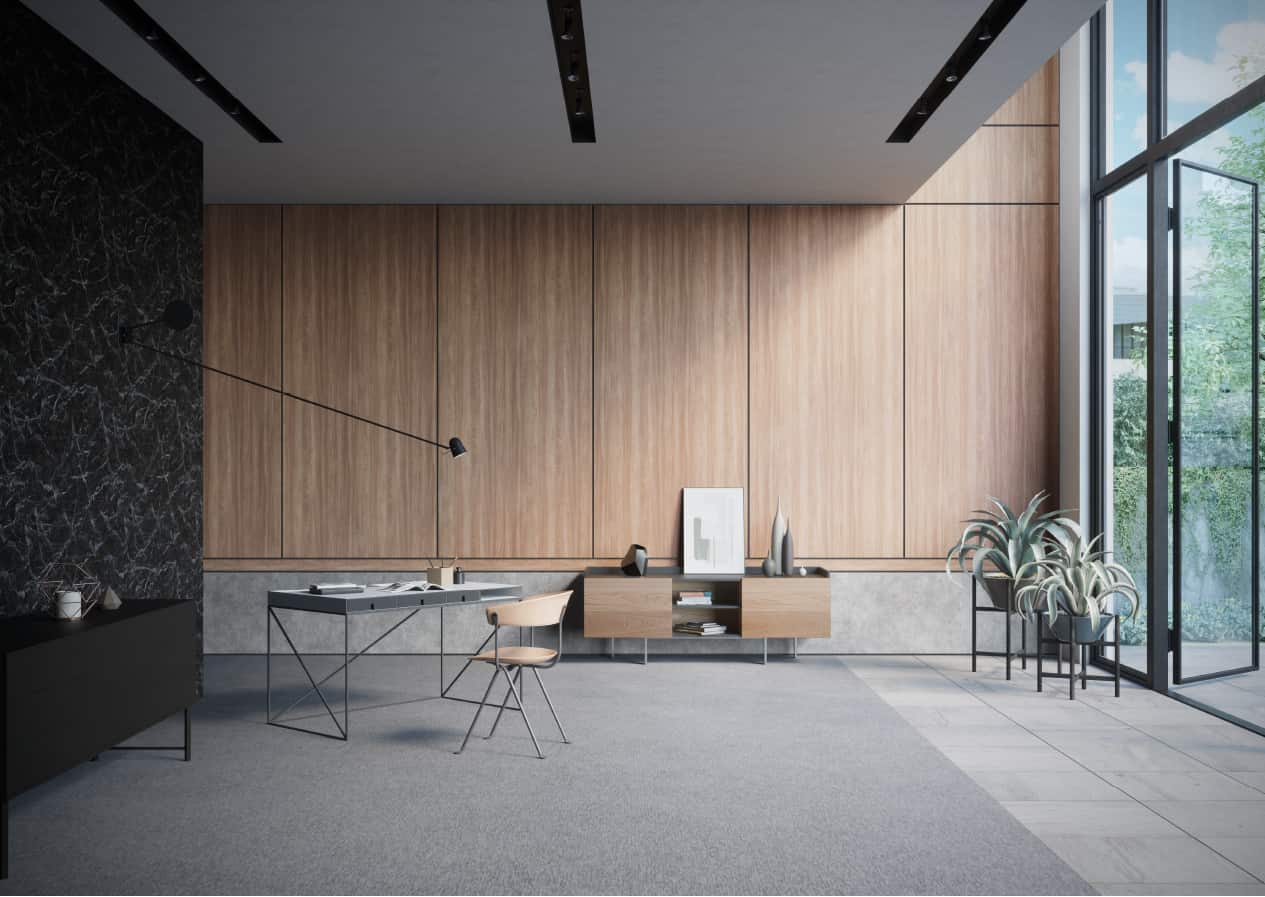The best and most important advice for architectural finishes
Best and Most Important Advice for Architectural Finishing,
What is Architectural Finishing?
“Architectural finishes” in the building industry and in everyday language,
we often talk about it in relation to aspects of a building that are visible to anyone using or viewing the exterior and interior of a building.

The term “architectural finishing”
Architects and designers usually use this term specifically to describe a wide range of surface treatments for horizontal surfaces (floors and roofs),
and vertical surfaces (walls) installed on the main structural elements of a building (floor and ceiling panels, block walls or serrated walls) to complement or reinforce.
Aesthetic experience of the interior and exterior of a building.
Looking for a clear definition of “architectural finishes” we find that simple transcription of the root words is useful.
Architectural finishes according to the dictionary of architecture and landscape architecture mainly revolve around designing structures in a manner that conforms to aesthetic,
functional or other standards.
Architectural finishes are those that complement the treatment of any horizontal and vertical surfaces while not strictly necessary for the structural integrity of the building.
It certainly serves both functional and aesthetic purposes,
a description that can be applied to both surface treatments applied to an exterior as well as the interior of a building or structure and includes its overall extension (surface area).

Architectural Finishing Tips
1. Know that architectural finishes are not purely aesthetic or functional, so compatibility between the two must be achieved.
2. You may see some materials used in architectural finishes, such as: “wood, pebble, bricks, or glass, resin or metals”.
You can use films that mimic the appearance of these materials, such as a wooden poster or a frosted logo.
3. You can add a creative element to improve the appearance of your building and make it more aesthetically pleasing.
4. As parts of the building are used day after day, they start to erode. Try to cover any ugly defects or cosmetic damage.
This can be done by adding various additives, such as resin, brick, or simply cement texture over the existing structures.
And you can benefit from a wall or column more than you would get if you had to tear it down to keep the building in good condition.
5. Architectural finishes are used to increase privacy in offices, in this case it is better to use privacy glass with materials that diffuse light or give a crystalline appearance.
It will allow natural light to enter the space without letting others look through it, and it is also unique, elegant, and more pleasant than curtains.
6. Use films and colors to create your brand identity.
A way to promote your brand in style is to use films or stickers on windows and walls.
7. Reduce energy costs and help manage lighting with strategies that use natural light.
Architectural finishes reduce electricity and heating costs by making daylight more abundant and insulating your building.
Some finishing materials can also be used on walls and windows, to help keep heat in or out of the building, depending on the season.
8. Most architectural finishes need specialized and comprehensive care.
9. Try sheet metal, they are more versatile than you might think, and metal creates a unique tone that adds a rustic or industrial feel to your building.

In the end, the “architectural finishing” is an exposed part of the building that harmonizes between function and aesthetics, and helps support the building, and the aesthetic part of the equation remains the end itself.
You May Like: The importance of architectural competitions for the architect



 العربية
العربية